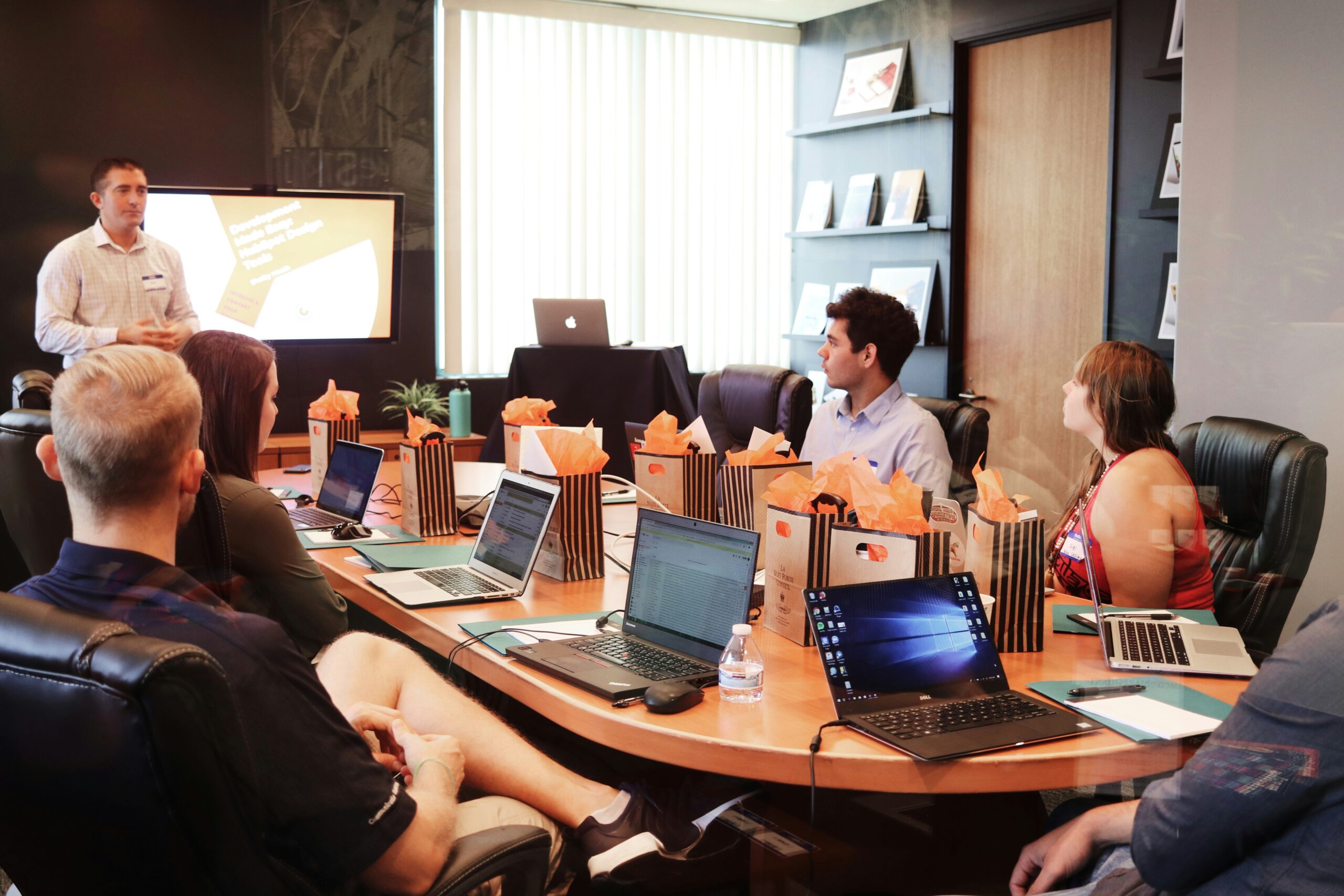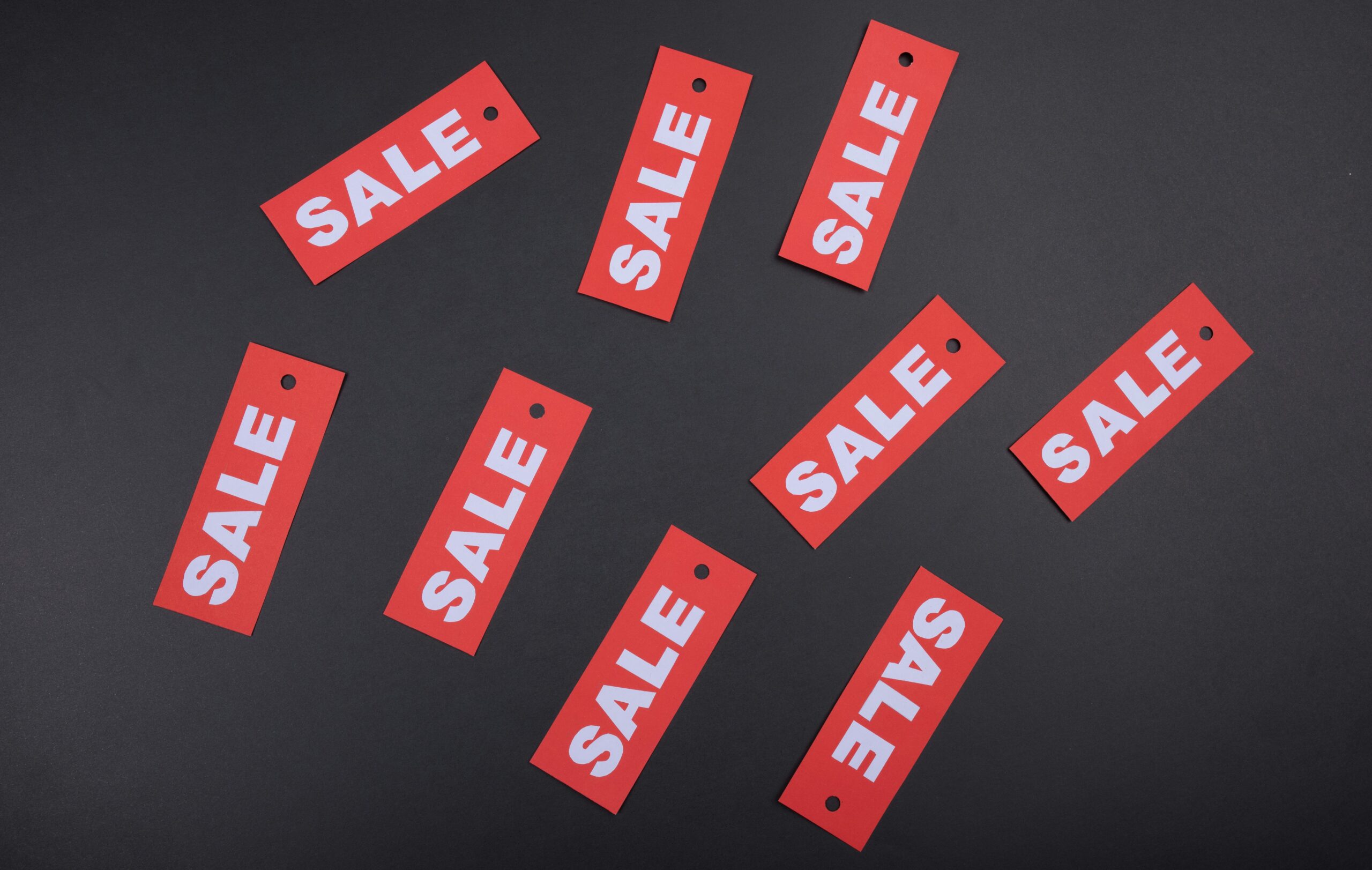Reducing Customer Acquisition Cost (CAC) is essential for businesses looking to grow without overspending. Discount strategies—like flash sales, free shipping, and personalized offers—play a powerful role in boosting conversions and lowering CAC. By strategically aligning promotions with consumer behavior, companies can generate higher returns on every marketing dollar. This guide explores practical approaches for improving CAC efficiency, from selecting the right discount types to leveraging automation. With tools like Nurture Machines, teams can track, test, and refine campaigns to keep acquisition costs low. Whether you’re scaling an e-commerce brand or optimizing service-based outreach, mastering CAC is key to sustainable growth.
Key Takeaways
- Strategic discounts help increase conversions while keeping CAC manageable.
- Personalization and automation ensure offers reach the right audience.
- Free shipping, BOGO, and flash sales are effective for fast acquisition wins.
- Promotion planning with SMART goals improves cost-efficiency.
- Tools like Nurture Machines track and optimize promotional impact in real time.
What Is Customer Acquisition Cost and Why Does It Matter?

Customer Acquisition Cost (CAC) refers to the total amount a business spends to acquire a single customer. This includes marketing, advertising, sales, and operational costs involved in converting leads. Monitoring CAC helps businesses maintain profitability and scale efficiently. Keeping CAC lower than a customer’s lifetime value is key to healthy financial performance. It’s a foundational metric for budget allocation and strategic planning.
How Is Customer Acquisition Cost (CAC) Calculated?
CAC is calculated by dividing total acquisition-related expenses by the number of new customers in a given period. These expenses may include ad spend, sales team wages, third-party agency costs, and tools used in the sales funnel. For instance, spending $10,000 and acquiring 100 customers results in a CAC of $100. Accurate calculation helps track campaign ROI and identify optimization opportunities. This metric ensures spending aligns with performance. It also informs forecasting for future campaigns. CAC guides decisions on scaling or adjusting acquisition channels.
Why Is Reducing CAC Critical for Business Growth?
Lowering CAC increases overall profitability and strengthens marketing efficiency. With reduced costs per customer, businesses can reallocate resources toward growth initiatives like product development or retention. Sustainable CAC supports scalability without inflating operational overhead. It also improves competitiveness by enabling more aggressive acquisition strategies. CAC reduction extends the lifetime value margin per customer. It enhances long-term revenue without excessive risk. Businesses focused on efficiency rely on low CAC to remain agile in dynamic markets.
What Factors Influence Customer Acquisition Cost?
Several internal and external variables impact CAC levels. Internal factors include the sales process, funnel efficiency, user experience, and quality of landing pages. External factors may involve market saturation, advertising rates, and broader economic trends. Spending on digital marketing channels such as search, display, email, and influencers also plays a role. Monitoring conversion metrics across platforms ensures better CAC control. Optimization tools help balance performance across touchpoints. Fine-tuning each element reduces unnecessary spend.
How Do Different Types of Discounts Impact Customer Acquisition Costs?

Discounts are a proven method to boost conversions and attract new customers efficiently. When used strategically, they lower friction in the buyer journey and reduce CAC. However, not all discount types have the same effect. Selecting the right promotion depends on customer behavior and industry context. Tailoring the strategy maximizes impact while preserving brand value.
How Do Percentage-Off Discounts Affect CAC?
Percentage-off discounts reduce the perceived price, increasing urgency and motivating faster purchases. This tactic is especially effective when shoppers are comparing multiple options. Simplicity makes it easy to communicate and track across campaigns. These promotions often lead to higher volume sales, which in turn lowers average CAC. They can also drive traffic during seasonal events or product launches. When paired with segmentation, results improve further. The key is to balance offer strength with profitability. Clear value messaging ensures maximum return on spend.
What Role Does Free Shipping Play in Lowering CAC?
Free shipping removes one of the biggest barriers in online purchasing: unexpected costs at checkout. When customers know they won’t face extra fees, conversion rates often rise. This improvement reduces the number of abandoned carts and increases total purchases. It also enhances user experience, leading to greater satisfaction. Businesses frequently use this tactic during key campaigns to boost acquisition. While it may impact margins, the payoff in lower CAC and stronger retention is worth it. Free shipping works best when tied to thresholds. This helps increase average order value while minimizing costs.
How Do Buy One Get One (BOGO) Offers Influence Customer Acquisition?
BOGO promotions offer additional value, making customers feel like they’re getting more for less. This format is compelling for first-time buyers who want to test multiple products. BOGO also raises the perceived deal quality without needing steep discounts. It often leads to higher order volumes and quicker decision-making. As acquisition costs spread over larger carts, CAC naturally drops. These offers also create product exposure opportunities. When buyers enjoy the bonus item, future purchases follow. BOGO works especially well when paired with limited-time urgency.
Can Flash Sales Effectively Reduce CAC?
Flash sales use urgency to generate quick spikes in interest and conversions. Customers respond faster when there’s a limited-time offer on the table. This surge in engagement can spread fixed marketing costs over more transactions. Flash sales also increase visibility through email, ads, and social media in a short span. Though margins might be lower per sale, CAC typically drops overall. The temporary nature prevents discount fatigue. These campaigns are most successful when planned in sync with key events or buying seasons. Execution speed and clarity are essential for best results.
How Can Promotions Be Planned and Executed to Optimize CAC?

Well-planned promotions can reduce CAC by driving conversions efficiently and reaching the right audience at the right time. Success comes from aligning each campaign with measurable goals, clear targeting, and tracked performance. Strong execution ensures marketing budgets are used wisely. Promotions should focus on value, not just price cuts. Strategic timing and personalization make every campaign more effective.
What Are the Best Practices for Setting Promotion Goals?
Effective promotion planning starts with clearly defined, measurable objectives. These include improving conversion rates, increasing engagement, or lowering CAC over a specific time frame. Goals should be realistic, data-informed, and focused on outcomes. Using SMART criteria helps structure campaigns for trackable success. Historical data can guide benchmark targets and forecast results. Regular performance reviews ensure alignment with business goals. Clear metrics also make it easier to scale what works. Goal clarity drives efficient marketing execution.
How Do You Choose the Right Promotion Type for Your Industry?
Choosing the right promotion depends on customer behavior, product type, and market conditions. For price-sensitive buyers, percentage-off deals may work best. High-margin industries might favor value-added offers or free shipping. Subscription models often succeed with trial discounts or bundled perks. Reviewing past campaign performance reveals which offers convert well. Promotions should also reflect brand positioning. Testing different formats ensures better customer response. Tailoring to audience needs is key to optimizing CAC.
How Can Discount Codes Be Created and Managed Effectively?
Discount codes provide flexibility and trackability across marketing channels. Codes should be short, memorable, and tied to a specific campaign goal. Proper management includes setting usage limits, expiration dates, and audience targeting. Segmenting customers helps deliver relevant codes for higher conversions. Tools that track code performance provide real-time feedback. Integration with automation ensures timely delivery and follow-ups. Analyzing usage patterns helps improve future promotions. Well-managed codes reduce CAC and support retention.
How Do You Measure and Analyze the Impact of Discounts and Promotions on CAC?

Measuring the effectiveness of discounts and promotions involves tracking conversion performance, behavior changes, and marketing efficiency. This ensures that the cost of acquiring each customer remains profitable. Businesses need visibility into what works and why. Consistent analysis identifies winning strategies and areas needing improvement. Data-backed insights help refine future campaigns to keep CAC in check.
How Do You Track Conversion Rates Related to Promotions?
Tracking conversion rates begins with assigning specific goals to each promotion. Businesses monitor user actions, such as clicks, redemptions, or completed purchases. Tools like analytics dashboards capture real-time performance data. These insights reveal which discounts lead to higher sales and lower CAC. Marketers assess which offers drive initial engagement and repeat visits. Tracking includes customer behavior before and after redemption. Segmenting results helps identify what works for each audience. This precision helps tailor future promotions for better results.
What Is the Role of Return on Investment (ROI) in Evaluating Promotions?
ROI compares the revenue generated by a promotion to the cost of running it. A strong ROI signals that the discount effectively attracts paying customers. Low ROI may indicate inefficiency or over-discounting. Measuring ROI helps optimize spend across channels and campaign types. Businesses use this metric to assess long-term value beyond the initial sale. Comparing ROI across different promotions highlights top performers. It also helps in forecasting future campaign outcomes. A healthy ROI supports consistent CAC reduction efforts.
How Can Customer Lifetime Value (CLTV) Influence CAC Decisions?
CLTV represents the projected revenue from a customer over their full relationship. When CLTV is high, companies can justify spending more to acquire new customers. This balance ensures long-term profitability despite short-term discount costs. Businesses use CLTV to evaluate the sustainability of their CAC. Higher lifetime value offsets upfront promotional expenses. By promoting retention and increasing order frequency, CLTV rises. Tracking it helps determine which segments warrant higher acquisition spend. Aligning CAC with CLTV builds a more scalable growth mode
Frequently Asked Questions
How do percentage-off discounts influence customer behavior?
Percentage-off discounts lower the perceived cost, making products more appealing to cost-sensitive shoppers. This simple offer increases urgency and drives faster decision-making, especially in competitive markets. When used strategically, it helps lift conversion rates, boosting customer acquisition without overcomplicating the messaging.
Can free shipping really cut down on CAC?
Yes, free shipping can significantly lower customer acquisition cost by removing one of the most common barriers to purchase. It reduces cart abandonment and improves checkout conversion rates. When tied to minimum purchase thresholds, it also increases average order value, making acquisition efforts more efficient.
What role does personalization play in discount strategies?
Personalization ensures that discounts are relevant to customer behavior, interests, and engagement history. This targeted approach improves conversion rates and reduces waste from broad, unfocused promotions. Platforms like Nurture Machines automate personalized offers based on user behavior, making campaigns more efficient and lowering CAC.
How are flash sales effective in reducing CAC?
Flash sales create urgency and prompt quick action, often resulting in a surge of conversions over a short time. The increased volume spreads acquisition costs across more purchases. When well-timed and promoted through the right channels, flash sales can drive rapid results while keeping CAC down.
What analytics tools can best monitor the impact of promotions on CAC?
Tools that integrate customer behavior, campaign tracking, and sales attribution offer the best visibility. Nurture Machines provides a unified platform that tracks discount code usage, customer journeys, and CAC trends. These insights enable teams to measure effectiveness in real-time and optimize future promotional efforts.
Conclusion
Mastering CAC requires a mix of creativity, data, and strategic timing. Promotions are not just about slashing prices—they’re about delivering value in a way that resonates with your ideal customer. From creating urgency with flash sales to tailoring offers through automation, each tactic must align with clear goals. With detailed tracking and the right tools, businesses can turn discounts into long-term growth engines. Nurture Machines supports this process with real-time analytics, campaign automation, and behavior-driven insights. By refining acquisition efforts, brands can scale faster and smarter—without burning through their budgets.







